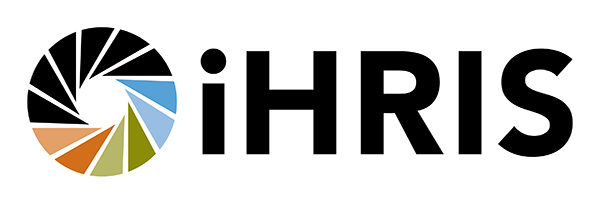Mobile Phones for Health in Africa
While Africa has not developed the extensive wired infrastructure of the "Global North," they have managed to leapfrog wired technology to an unprecedented adoption of mobile phones. According to the UN Foundation, fully 64% of mobile users are in the developing world, and 80% of the world’s population now live in an area with mobile coverage. This number will rise to 85% by next year alone. These are the very areas of the world with the majority of the world’s disease burden.
The following list of activities focuses on the use of mobile phones for health. Some of these projects use smart phones that combine the abilities of a PDA and a mobile phone, but most systems work with basic voice and SMS available on every mobile phone. These are just a few of the largest and best known projects to date.
One of the largest activities is Phones for Health, a $10 million public-private partnership between PEPFAR, the GSM Association Development Fund, Accenture Development Partners, Motorola, MTN and Voxiva. This partnership is developing software solutions for mobile phones to enable health workers to submit critical health information directly into central computer systems, allowing health officials and service providers to view, analyze and respond to this vital data immediately.
Voxiva, the technology partner behind Phones for Health, has had good success with TracNet: It covers 100% of all Anti-Retroviral Therapy (ART) patients in Rwanda, securely monitoring 6,000 patient records from 94 health facilities throughout the country.
Voxiva isn’t open source, however, which has led to a number of open source pilots.
The UN Foundation and Vodafone Foundation Technology Partnership, for example, are supporting the development and rollout of free, open source software based on EpiSurveyor that can be downloaded onto mobile phones to collect essential health data. By the end of last year, the program was operating in over 20 countries in sub-Saharan Africa, where the software is being used to track crucial data – from the availability of medical supplies to the coverage rates of immunization campaigns.
AED-Satellife’s GATHER project, supported by the Rockefeller Foundation and Dimagi, Inc., is not only an open source disease surveillance tool for mobile phones, but can also serve as a platform for new health applications. The system has been piloted in 20 health centers in Uganda’s Homia district, facilitating the report each week on 13 diseases including polio, rabies, cholera, dysentery, measles and malaria.
One of GATHER’s technology partners, Dimagi, has partnered with D-Tree International in the development of CommCare, an open source mobile phone application to support Community Health Workers (CHWs). This system will support better and more efficient care of these CHWs while also enabling better supervision and coordination of community health programs. The mobile phone offers support for urgent referrals of infants or mothers in need of emergency medical attention, addressing a key barrier to reducing neonatal mortality.
Also in Tanzania, Mennonite Economic Development Associate (MEDA)’s Tanzania Medical Voucher Scheme (TNVS) program is testing mobile phones and SMS as delivery mechanisms for electronic vouchers for insecticide-treated bed nets. The technology allows real-time redemption information and the use of Geographic Information Systems (GIS) to ensure coverage. The system is already being used on Zanzibar as an early detection system for malaria epidemics.
The Pop!Tech Accelerator entrepreneurial program has recently launched Project Masiluleke, designed to harness mobile phones as a low-cost high-impact tool in the fight against HIV/AIDS and TB. Beginning in South Africa, partners include iTeach, Praekelt Foundation, Frog Design, MTN, Nokia Siemens Networks, Ghetto Ruff, National Geographic, CellLife, Aricent, and Lifeline.
Mobile phones are just the tip of the mobile technology iceberg. Smartphones, PDAs and netbooks (small, inexpensive laptops) continue to close the gap between traditional computing technology and the rapidly growing African wireless networks, offering new opportunities to get information to and from the most rural health facilities in an increasingly affordable and appropriate way.
